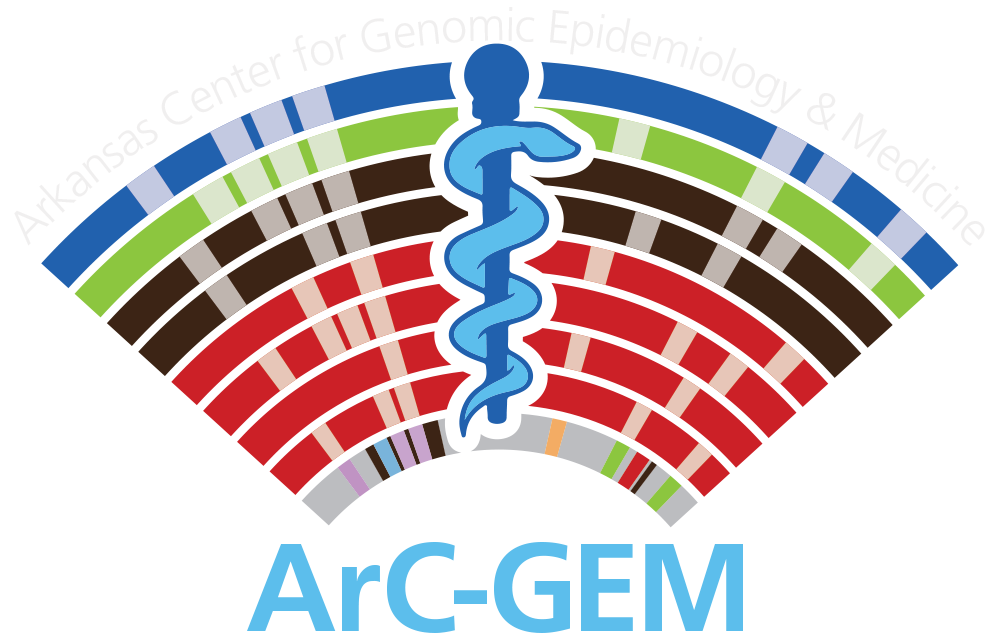Megan H. Cleveland, Bharathi Anekella, Michael Brewer, Pei-Ju Chin, Heather Couch, Eric Delwart, Jim Huggett, Scott Jackson, Javier Martin, Serge Monpoeho, Tom Morrison, Siemon H.S. Ng, David Ussery, and Arifa S. Khan
Biologicals. 2020 Mar 1;64:76-82.
Abstract
Adventitious virus testing assures product safety by demonstrating the absence of viruses that could be unintentionally introduced during the manufacturing process. The capabilities of next-generation sequencing (NGS) for broad virus detection in biologics have been demonstrated by the detection of known and novel viruses that were previously missed using the recommended routine assays for adventitious agent testing. A meeting was co-organized by the National Institute of Standards and Technology and the U.S. Food and Drug Administration on September 18–19, 2019 in Gaithersburg, Maryland, USA, to facilitate standardization of NGS technologies for applications of adventitious virus testing in biologics. The goal was to assess the currently used standards for virus detection by NGS and their public availability, and to identify additional needs for different types of reference materials and standards (natural and synthetic). The meeting focused on the NGS processes from sample preparation through sequencing but did not thoroughly cover bioinformatics, since this was considered to be the topic of a separate meeting.
Keywords Adventitious viruses;Biologics;Vaccines;Next generation sequencing;High-throughput sequencing;Bioinformatics;Alternative methods;Virus detection;Standards;Reference materials;Assay standardization;Assay validation
Read the publication here: https://www.sciencedirect.com/science/article/pii/S1045105620300245


Recent Comments